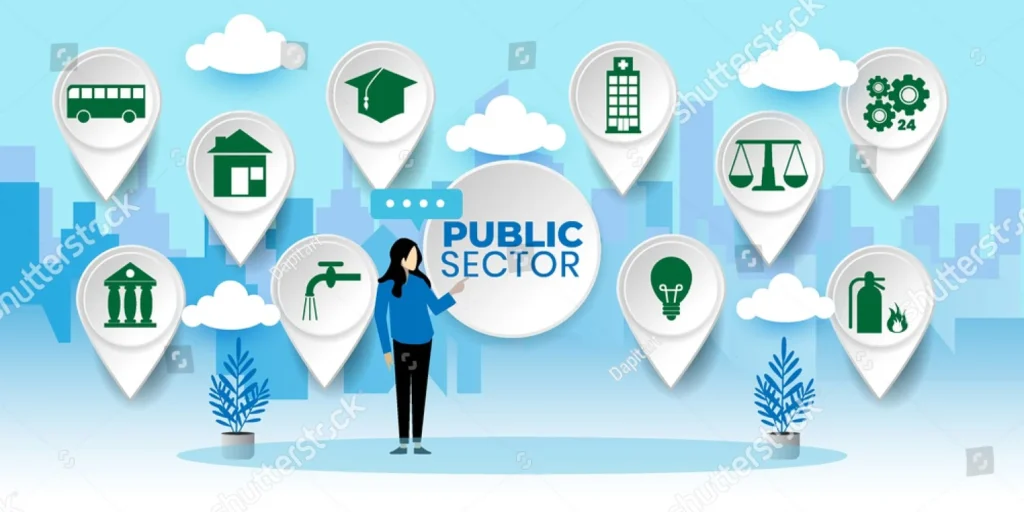
India’s political landscape is currently dominated by debates on the role of government in providing welfare and addressing long-term economic challenges. With promises of financial support and employment schemes, political parties are trying to woo voters. However, beneath these promises, there is a deeper conversation about the responsibility of the government, the feasibility of welfare programs, and the long-term planning required to ensure India’s growth.
The Role of the Government vs. Public Responsibility
A key point of contention in the ongoing political discourse is whether the government should be responsible for directly aiding the poor or if the public should play a larger role in their development. Many believe that it is the government’s responsibility to ensure social welfare, especially for marginalized groups. Programs like food grain distribution are vital to this approach, but questions remain on the scale and fairness of these programs.
The debate centres around the need for uniformity in welfare programs, with many people questioning why aid differs from state to state. For instance, in some regions, people are entitled to more resources, such as food grains, while others get less. Should the government standardize these benefits across India, ensuring that everyone in need gets an equal amount of help?
Short-Term Promises vs. Long-Term Solutions
Another important aspect of the current political discourse is the push for short-term economic relief. Political parties are making promises such as cash transfers, unemployment allowances, and other financial support measures. While these may provide temporary relief, critics argue that these are not sustainable solutions. They are short-term measures that often serve more as election promises than real strategies for economic growth.
What is missing, they argue, is a long-term vision that focuses on creating sustainable jobs, especially for the youth. The focus should be on empowering citizens through employment opportunities and skill development, which would ensure long-term economic stability and reduce dependency on welfare programs.
The Issue of Political Shortcuts
Many believe that political parties are increasingly relying on “shortcut” promises to appeal to voters in the short term. The idea of handing out cash or providing immediate benefits, while popular, doesn’t solve the deeper issues facing the country. What India needs is a robust economic strategy that goes beyond election-time promises and focuses on sustainable growth.
One suggestion is to create a free-seed monitoring commission made up of judges rather than political representatives. This body would evaluate the feasibility of promises made by political parties before they are announced. The commission would assess factors like opportunity cost and resource availability to ensure that promises are realistic and in the country’s long-term interest.
The Role of Welfare Programs in Economic Growth
Welfare programs, like food grain distribution, are undoubtedly important in the short term, especially for those who are unable to afford basic necessities. However, the challenge is balancing these programs with long-term economic policies. As the country moves forward, the need to focus on employment generation and infrastructure development becomes more crucial. If India wants to grow into a self-reliant, prosperous nation, the focus should be on policies that create lasting economic opportunities.
A Call for Long-Term Economic Planning
The future of India’s economy lies in the hands of those who are willing to take a long-term view. While quick fixes may win votes in the short run, sustainable growth can only be achieved through careful planning, investment in infrastructure, and job creation. As the debate continues whether the government should be more involved in welfare activities or focus on infrastructure development, one thing is clear: both are important, but one cannot substitute the other.
For India to achieve lasting prosperity, its leaders need to look beyond election-time promises and focus on policies that will empower citizens and provide lasting economic benefits. The time has come for a shift from short-term political strategies to long-term planning that puts the country’s future first.
Conclusion
The Path to a Self-Reliant India
India stands at a crossroads. While welfare programs are necessary to support those in need, they should not be the only focus of the government. Sustainable, long-term economic planning—focused on job creation and infrastructure development—should be the priority. It’s time for a shift in focus from political shortcuts to policies that will build a self-reliant and prosperous India.
As citizens, it’s important to question political promises and demand transparency, ensuring that policies are not just appealing during elections but also practical in the long run. The future of the country depends on the decisions made today. It’s time for a deeper conversation about how we can shape the India of tomorrow.
